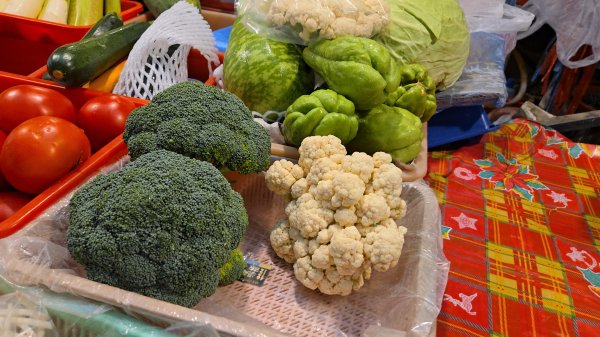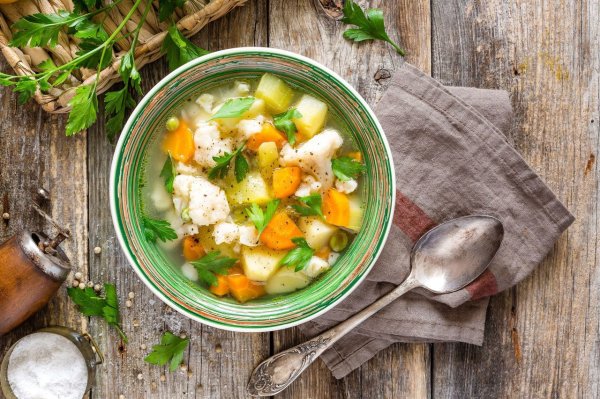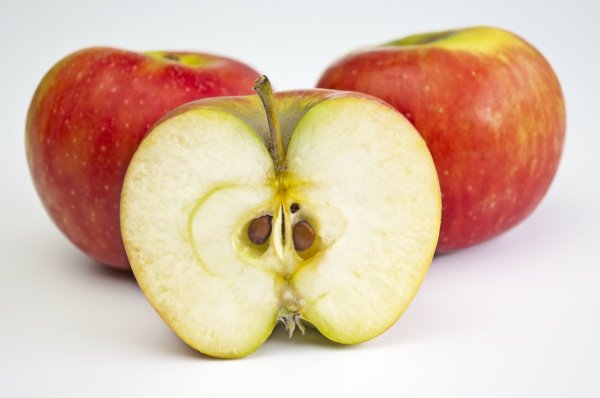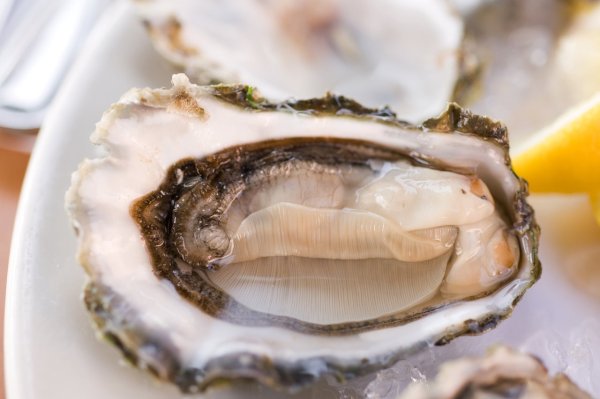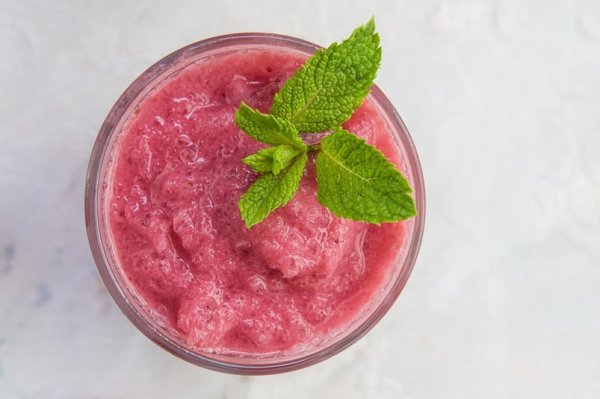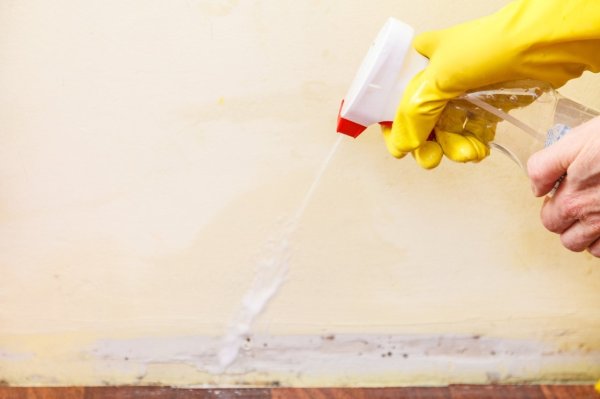Will food be damaged if it is cold? Leftovers can only be iced? Use a fresh film? Nutritionists take you to crack 5 myths about "food preservation"

The hot summer is coming soon, and this summer will welcome the highest temperature since its record. If the food purchased at home is not properly preserved, it will easily cause food hygiene and safety risks. Some surveys show that Chinese people have insufficient knowledge about food preservation. Many people think that by putting food in the refrigerator, they can "suffix" the shelf life of food. In fact, the length of food that can be stored in the refrigerator will vary depending on the nature of the food! Today, let Evelyn, a brand nutritionist for "Health Designer", come to help you break 5 myths about food preservation!
5 Myths about food preservation Myth 1: Refrigerators are all-energible, will food not be damaged if they are kept cold?Many people often buy a bunch of ingredients and sniff it directly into the refrigerator, and regard the cold storage as a "careful warehouse". However, isn't the things in the cold storage really bad?
is not like this! Generally, the refrigeration temperature of household refrigerators is about 0℃~7℃; the temperature of the cold storage is about -12℃~-18℃. Although this cold storage temperature can inhibit the breeding of most bacteria and microorganisms, it cannot kill them. There are many external factors that may affect the quality of the cold storage, such as the incorrect cooling method, the frequent opening of the refrigerator is … etc., so putting the food in cold storage is not a perfect way, and the food will gradually change over time!
The following form is based on the information of the US Food and Drug Administration (FDA) to sort out the recommended storage time for common foods under correct refrigeration and refrigeration:

The above table provides roughly the storage time, reminding everyone to focus on the shelf life of food packaging during storage!
Myth 2: Use a freshly resistant film?If unused soup juices (soup, gravy, etc.), or leftover vegetables and meat that have not been eaten, should be kept in the refrigerator. The most common method is to wrap the bowl with a fresh film. The fresh film has become a must-have kitchen item for every household. However, is the fresh film really so capable?
Traditional fresh films are mostly PVC materials. Although the price is cheap, plasticizers are usually added during the process. Because the heat resistance temperature is not high (about 60-80℃), foods with high temperature or oil-containing foods may suffer from plasticizer dissolution. Therefore, the Food and Drug Administration has called on the public not to use PVC fresh films for high temperature or oil-containing foods.
However, no matter what material it is, it is not recommended to use it under high temperature conditions. Before use, be sure to pay attention to the material and heat resistance of the film to avoid the dissolution of harmful substances caused by misuse and affecting health.
Because the insulated film itself is a "plastic" product, it may cause more or less dissolution risks when it is heated or oiled, so if you can, you should avoid heating the insulated film with food as much as possible. It is recommended to use containers of "ceramic" and "glass" to preserve food. If you really need to use a fresh film, no matter what kind of material it is, you must pay attention to two things:
1. As much as possible, reduce the contact with food. 2. According to the heat resistance temperature marked by the fresh film, use it normally within the temperature. Myth 3: Only when leftovers are left can they be iced?
"I haven't finished this dish. Wait until it's cool and then refrigerate it, otherwise the refrigerator will get damaged!"
When you start at home, you must be very often cooked too much and couldn't finish it. It's easy for everyone to have a myth that the dishes must be cool before they can be iced. Is this concept correct?
Here, everyone should first know the concept of "dangerous temperature belt". According to the "Hydrogen Safety Promotion Manual for Low-Temperature Food Logistics Businesses" by the Food and Drug Administration, the dangerous temperature belt is between 7℃ and 60℃. Many bacteria and microorganisms can grow and reproduce quickly, especially between 16℃ and 49℃, which is even prone to producing toxins. Therefore, "release and ice" can easily reduce the food to dangerous temperatures. Once you reach this area and take it off ice, it is difficult to avoid the bacteria that have already been produced. There is no way to kill them by refrigerating, so eating such food can easily cause safety doubts.
"So is it difficult to put the food in the refrigerator hotly?"
In fact, you can cold food to about 60℃, which is about the temperature of a little burning hand. If you put it in the refrigerator at this time, you will not have any problems. It is particularly important to note that if you want to refrigerate or refrigerate food, such as a large pot of soup, you must consider whether it will increase the temperature in the refrigerator and affect the preservation of other foods. As for whether the refrigerator is so easy to get damaged, it actually depends on the cooling efficiency of the refrigerator itself and how much food is placed!
Myth 4: If you can’t finish eating, put it back in the cold storage, right?Some students suggest that as long as there is a correct way to relieve the food, there is no problem with ice and cold. In fact, from a physical perspective, as long as the decomposition is placed on "refrigerated and uncooked", so that the temperature of the food does not cross the above-mentioned "dangerous temperature belt", it can avoid the large number of bacteria and microorganisms. However, "cold is not allowed to kill bacteria". Once decompose, the growth rate of bacteria will increase rapidly. Therefore, the longer the food is, the less suitable it is to put it back into the cold pot for storage. Moreover, repeated refrigeration may cause the loss of some nutrients and the taste will also be affected. Therefore, the best way to do it is to relieve the amount of ingredients you need to eat, and avoid "repeated refrigeration".
Myth 5: Can all food be chilled?Can all food be stored in a cold storage if you want to keep it fresh?
In fact, it is not the case. As can be seen from the first table attached above, the US Food and Drug Administration also recommends that some foods are not suitable for cold dishes! For example, ripe eggs, the taste is not good after being cold; or fruits with more moisture content, such as raw tomatoes, spinach, borer, etc., can easily make the fruits and vegetables and vegetables moist and soft, affecting the taste.
And why do vegetables affect the taste after being chilled? There are two main reasons. First, the moisture will become ice shape when cold, and when ice crystals form, it will destroy the vegetable organization, resulting in a poor taste. Another reason is that the "enzyme" in vegetables will change the vegetable organization. Putting fresh vegetables directly into the cold pot cannot remove enzymes, so you can perform the "ceratops" action first, blanch the vegetables for 30 seconds to destroy the enzyme activity, and then cut the vegetables into suitable cold pots and store them, which can retain their taste and nutrition!
After cracking these little myths, have you found that food preservation is actually a learning question? Here we remind everyone of two key points for food preservation: "blocking air" and "controlling temperature", and clearly indicate the time of storage and the validity period of the food, and regularly organize the refrigerator. As long as you properly manage the storage space at home, no matter how many types of food you need to preserve, you don’t have to worry about it being damaged due to incorrect storage!


